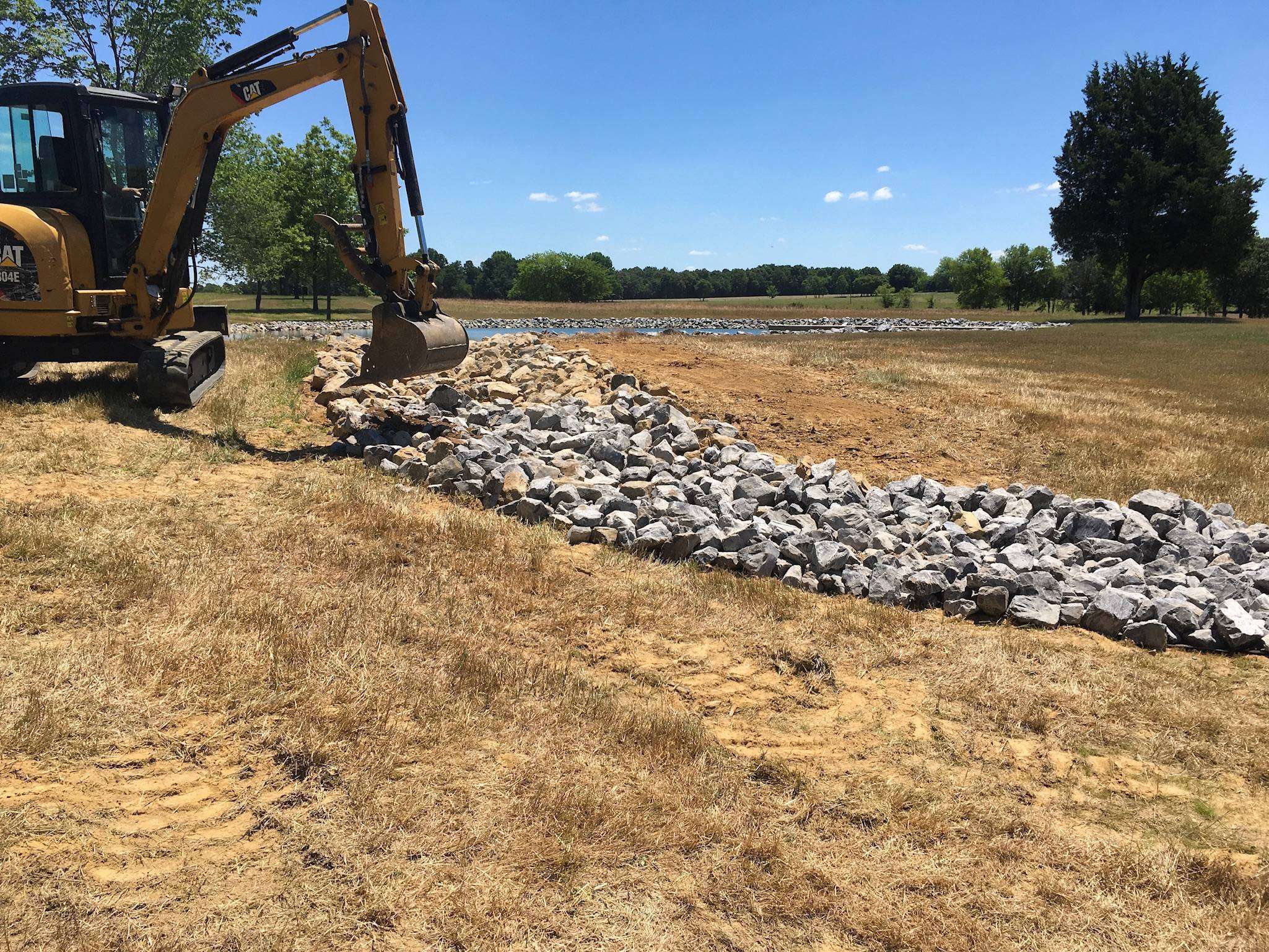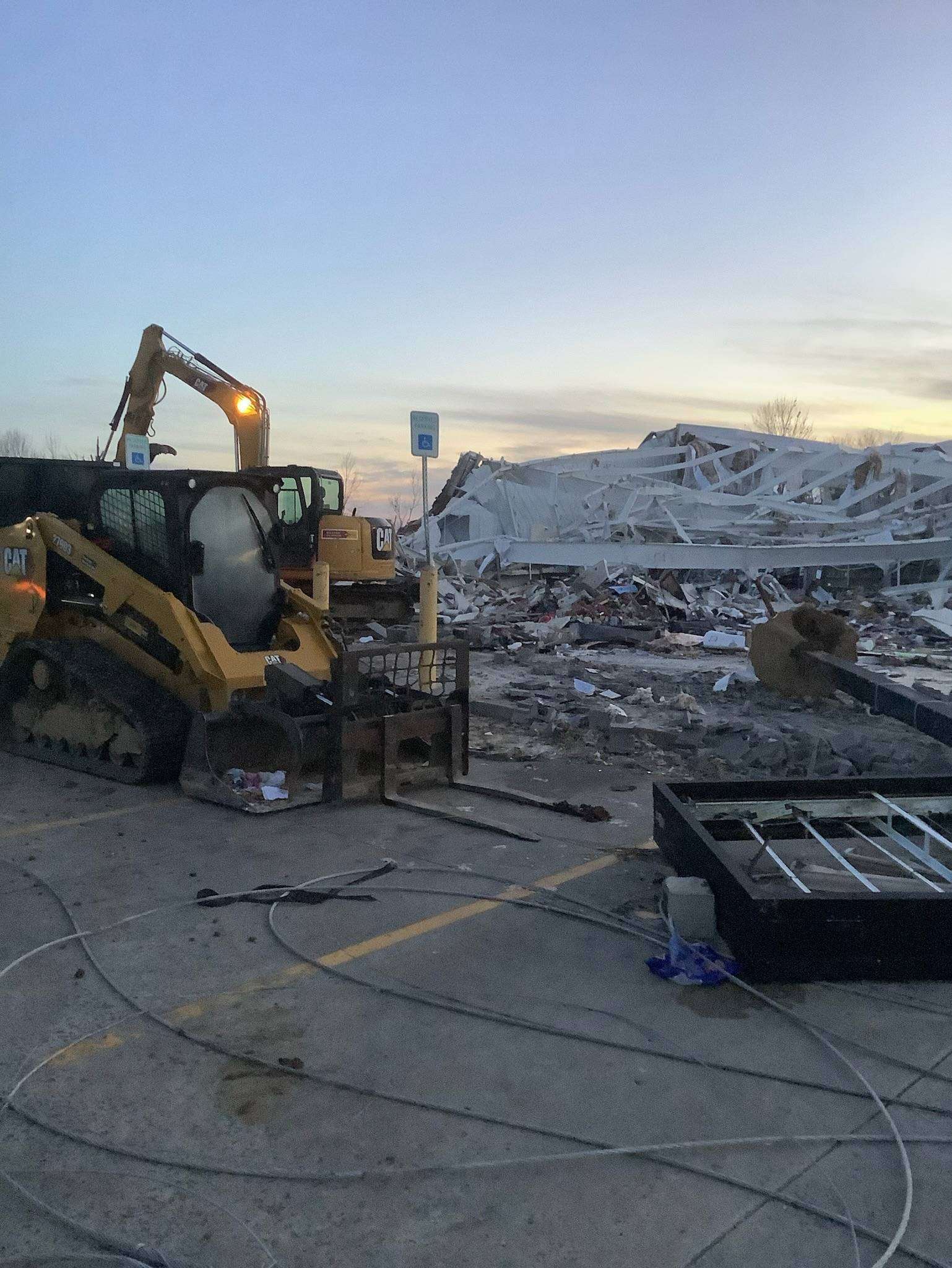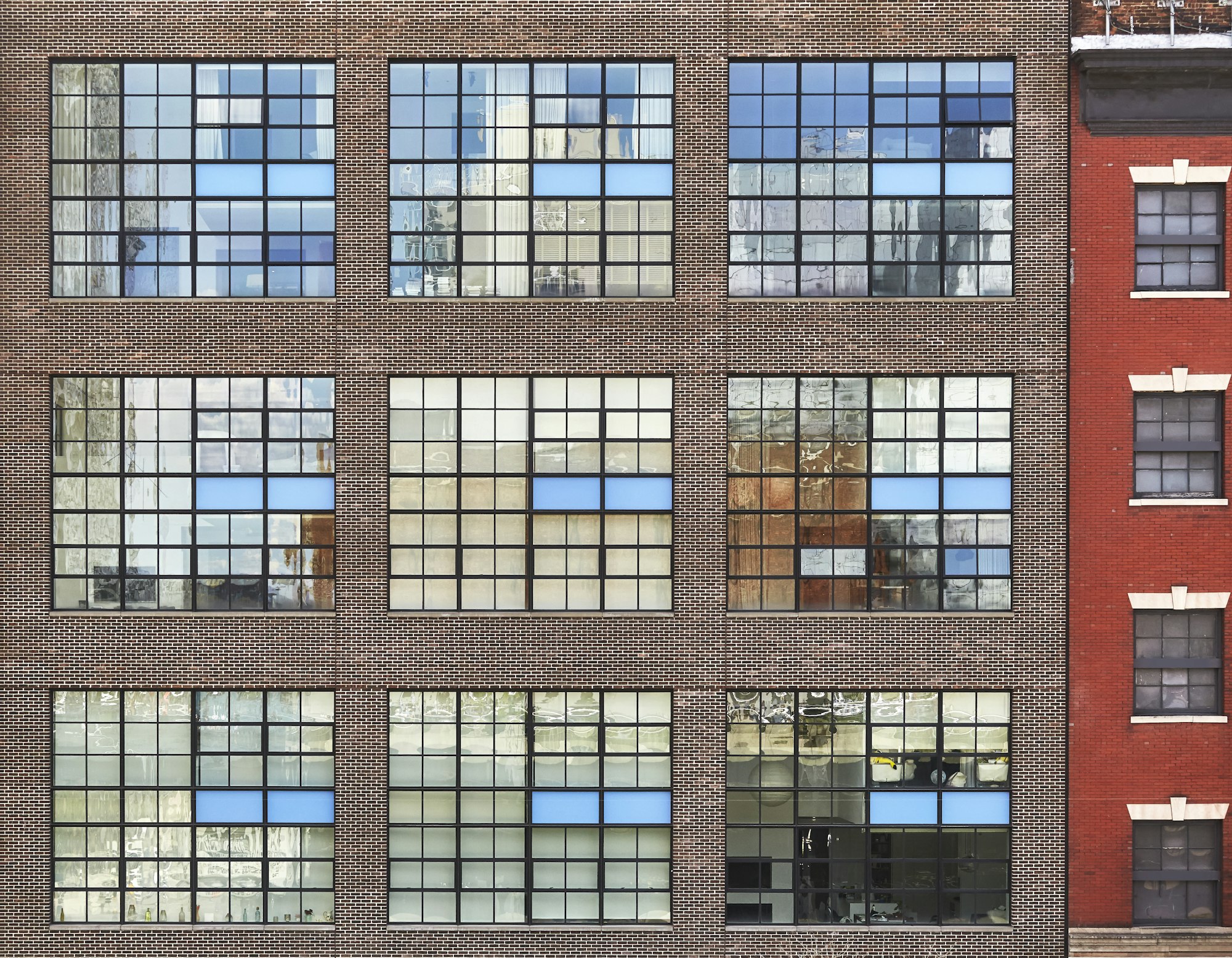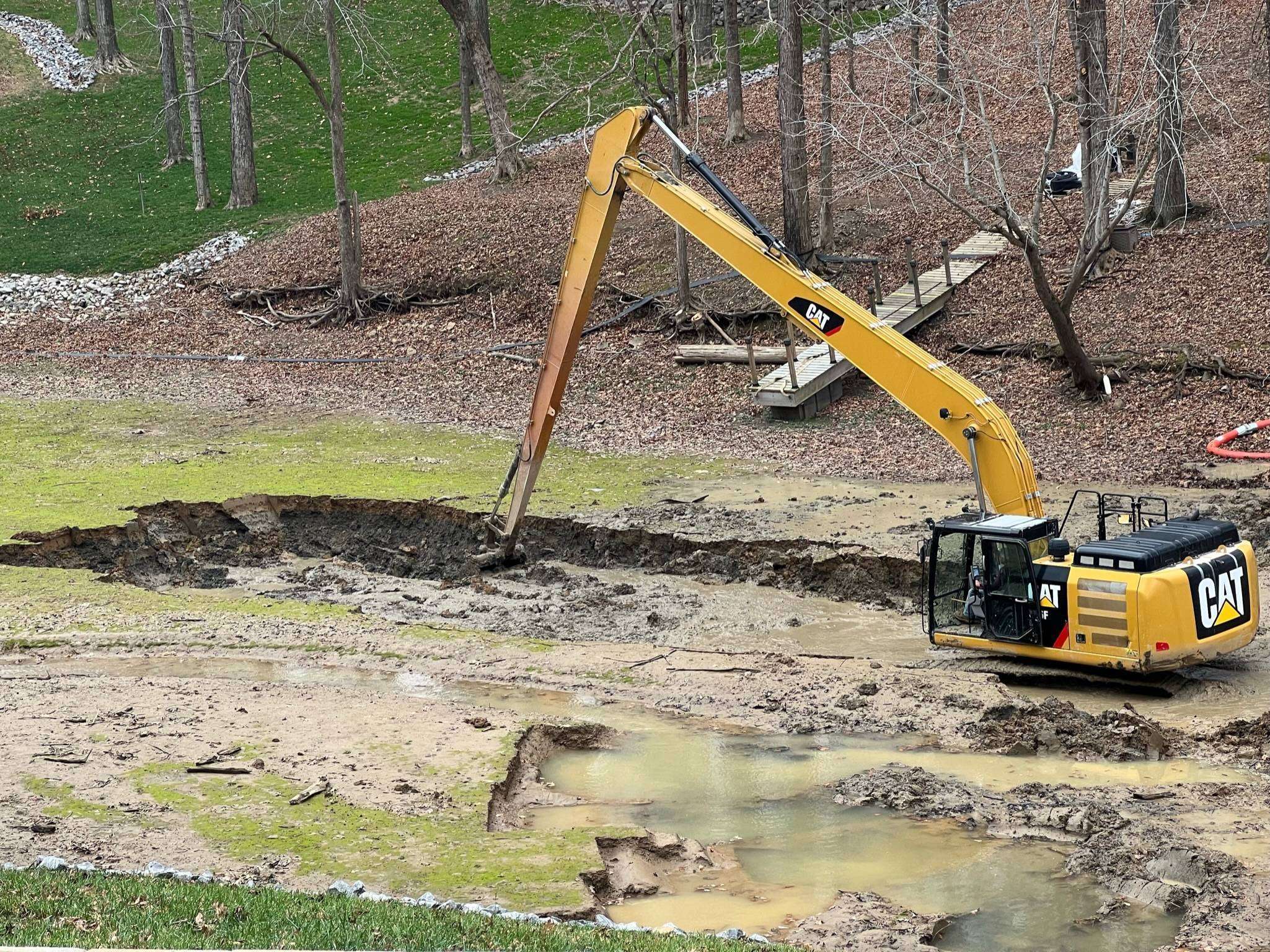Erosion control is a crucial aspect of environmental conservation and sustainable land management. In this article, we will explore the importance of erosion control, its effects on the environment, and the factors that affect the cost of implementing erosion control measures.
From the types of erosion control methods to tips on reducing costs, we will delve into everything you need to know about erosion control. So, let’s dive in and discover how you can protect the land while managing costs effectively.
Key Takeaways:
- Erosion control is essential in preventing the negative effects of erosion on the environment and infrastructure.
- The cost of erosion control is influenced by various factors such as project size, location, and type of soil and slope.
- Proper planning, regular maintenance, and use of sustainable methods can help reduce the cost of erosion control.
What is Erosion Control?
Erosion control refers to the methods and techniques used to prevent or minimize the effects of soil erosion on land surfaces.
Mesh, installation of erosion control blankets, and use of fabric are common methods employed to protect landscapes from erosion damage. These materials create a physical barrier that helps stabilize soil, prevent runoff, and promote vegetation growth. Erosion control products such as geotextiles, erosion control mats, and silt fences are widely available in the market to cater to different erosion control needs. Techniques like terracing, planting cover crops, and bioengineering provide effective long-term solutions for managing erosion and preserving the integrity of landscapes.
Why is Erosion Control Important?
Erosion control is vital for preserving the integrity of construction projects, natural habitats, and landscapes against the detrimental effects of soil erosion.
By implementing effective erosion control measures, such as the strategic planting of vegetation along slopes, erosion can be significantly reduced. These practices not only safeguard the stability of structures like roads, buildings, and bridges but also play a crucial role in protecting the surrounding ecosystems. Erosion prevention is key to maintaining soil fertility, preventing water pollution, and promoting overall environmental health. Incorporating sustainable erosion control methods not only mitigates immediate erosion risks but also ensures long-term stability and sustainability of projects and habitats.
What Are the Effects of Erosion?
Erosion can lead to soil degradation, loss of vegetation, sediment runoff, and destabilization of landscapes, underscoring the critical need for effective erosion control measures.
Soil stabilization and erosion control applications play a pivotal role in safeguarding the environment against these harmful impacts. By implementing erosion control techniques such as bioengineering, vegetation stabilization, and retaining walls, the adverse effects of erosion can be significantly reduced. Preservation of soil quality is essential for sustaining agricultural productivity, preventing landslides, and maintaining overall ecological balance. Effective erosion management not only protects natural habitats but also safeguards water quality by preventing sedimentation in water bodies.
How Does Erosion Affect the Environment?
Erosion can lead to reduced soil fertility, increased sedimentation in water bodies, loss of vegetation cover, and structural damage to embankments, highlighting the environmental consequences of inadequate erosion control measures.
These consequences underscore the urgent need to address erosion impacts on various environmental elements. For embankments, erosion can weaken structures, leading to potential collapse and increased risks of flooding. Eroded soil can contribute to water pollution through sediment runoff, affecting aquatic ecosystems and water quality.
Vegetation loss due to erosion not only affects biodiversity but also diminishes the natural habitat for wildlife. The role of vegetation in erosion control cannot be overstated, as roots help bind soil, preventing erosive forces from washing it away.
What Factors Affect the Cost of Erosion Control?
Several factors influence the cost of erosion control measures, including project size, soil type, compliance standards such as ECTC and FHWA, and the adoption of erosion control technology.
Project scale plays a significant role in determining the budget for erosion control initiatives. Larger projects often require more extensive measures to prevent erosion, leading to higher costs. Differing soil types affect the choice of erosion control methods and materials, impacting overall expenses. Compliance with regulatory standards, like those set by the Erosion Control Technology Council (ECTC) and the Federal Highway Administration (FHWA), can add to project costs due to the need for specific materials and techniques.
Embracing technological advancements in erosion control can also impact project expenses. Innovations such as biodegradable erosion control blankets or hydroseeding can provide cost-effective solutions that balance effectiveness with budget constraints. By leveraging these advancements, projects can optimize their erosion control efforts while maintaining financial efficiency.
Type of Erosion Control Method
The choice of erosion control method, whether utilizing erosion fabric, blankets, or matting, plays a significant role in determining the effectiveness and cost of erosion control solutions.
Erosion fabric, also known as erosion control fabric or fabric blankets, is a popular choice for stabilizing soil and preventing erosion. This method involves the installation of a fabric barrier on the soil surface to reduce water runoff and promote vegetation growth.
Erosion blankets, on the other hand, are typically made of natural fibers or synthetic materials and are used to protect slopes and channels from erosion. Erosion matting, which is more heavy-duty, is commonly employed in areas with high water flow or steep gradients to provide long-lasting erosion control.
Size and Scope of Project
The size and scope of an erosion control project significantly influence the labor, materials, and installation resources required for effective erosion management.
For larger projects, resource allocation becomes a critical aspect as more manpower, specialized tools, and heavier machinery are needed to cover extensive areas efficiently. This not only increases labor demands but also impacts material costs due to the scale of application.
Installation complexities escalate with the project size. Larger projects often involve varied terrain and more intricate site conditions, necessitating advanced techniques and equipment for proper erosion control implementation.
Location of Project
The geographical location of an erosion control project, especially in areas like federal highway projects or sites with challenging site conditions, can influence the cost and selection of erosion prevention practices.
Regarding federal highway projects, the proximity to road traffic and higher exposure to potential contaminants necessitate robust erosion control measures, increasing costs. The intricate terrain of some sites presents unique challenges such as steep slopes or limited vegetation, demanding specialized erosion prevention techniques like bioengineering or geotextiles, which can further drive up expenses.
Type of Soil and Slope
The soil composition and slope characteristics of a site are critical considerations in determining the appropriate erosion control measures, such as soil stabilization techniques or geotextile fabric installation.
Soil type plays a significant role in erosion control planning, as the texture and structure of the soil influence its vulnerability to erosion. For instance, sandy soils are more prone to erosion compared to clayey soils due to their loose nature. Therefore, understanding the soil’s composition helps in selecting the most effective erosion control methods.
The slope gradient of a site directly impacts the velocity and volume of water runoff, which can accelerate soil erosion. Sites with steep slopes experience faster water flow, making them more susceptible to erosion. In such cases, specialized solutions like constructing retaining walls or installing geotextile fabric become crucial in preventing soil loss.
Accessibility and Site Conditions
The accessibility of project sites and prevailing site conditions, including soil moisture levels and vegetation cover, significantly impact the selection and deployment of erosion control technology for effective erosion protection.
For instance,
- erosion control technology choices such as hydromulching or geotextiles may be influenced by the ease of access to the site for equipment deployment.
- Additionally, erosion protection strategies like retaining walls or vegetated buffers must be customized based on factors like slope gradient and existing land cover.
Proper assessment of these site-specific variables ensures that erosion control measures align closely with the natural environment, enhancing their durability and effectiveness.
What Are the Different Types of Erosion Control Methods?
Erosion control methods encompass a range of approaches, including natural fiber solutions, mechanical interventions, and chemical treatments, each tailored to specific erosion prevention needs.
Among these methods, natural fiber erosion control solutions stand out for their environmentally friendly characteristics. By utilizing materials such as coconut coir, jute, or straw, these biodegradable products offer effective erosion prevention without causing harm to the surrounding ecosystem.
Natural Erosion Control
Natural erosion control methods leverage vegetation, erosion fabric, and ecological approaches to sustainably manage soil erosion and enhance landscape stability.
Regarding erosion control, vegetation plays a crucial role in stabilizing soil and reducing the impact of water runoff. Plant roots help bind the soil particles together, preventing erosion caused by wind or water flow. By establishing a dense network of roots, plants create a natural barrier that slows down the movement of sediment.
Plus vegetation, erosion fabric is another essential component of erosion control strategies. Erosion fabric, also known as geotextiles, is a permeable material that helps to stabilize the soil surface and prevent erosion. It acts as a protective layer that limits soil movement while allowing water to infiltrate.
The combination of vegetation and erosion fabric is a powerful solution for sustainable erosion management. Not only do these techniques help prevent soil loss and maintain landscape integrity, but they also promote biodiversity and habitat restoration. By mimicking natural processes and working with the environment, natural erosion control methods offer long-term benefits for both the land and surrounding ecosystems.
Mechanical Erosion Control
Mechanical erosion control methods involve the use of erosion control blankets, synthetic mesh, and physical structures to reinforce soil stability and prevent erosion in vulnerable areas.
Erosion control blankets, also known as erosion blankets, are typically made of natural fibers or synthetic materials and are laid over bare soil to protect it from the impact of rainfall and runoff. They help to reduce the velocity of water flow, trap sediment, and promote the establishment of vegetation which further stabilizes the soil. On the other hand, synthetic mesh is a stronger alternative that provides long-term erosion control in more extreme conditions, offering durability and flexibility in various terrains.
Chemical Erosion Control
Chemical erosion control solutions involve the use of stabilizers, polymers, or treatments to improve soil cohesion, enhance erosion protection, and manage sediment runoff in erosion-prone areas.
These methods play a crucial role in safeguarding landscapes from the damaging effects of erosion by strengthening the soil structure and reducing the risk of sediment displacement. One key aspect of sediment control is the utilization of chemical additives that bond with soil particles, forming a protective barrier against erosion. By enhancing soil stability, these additives create a robust defense mechanism against water-induced erosion, ensuring long-term sustainability of the environment.
How Can You Reduce the Cost of Erosion Control?
Reducing the cost of erosion control initiatives involves strategic planning, the adoption of sustainable practices, and the implementation of erosion prevention measures to optimize project budgets and outcomes.
One of the key strategies for cost-effective erosion control is to conduct a thorough assessment of the site’s topography and environmental conditions before initiating any construction. By understanding the natural processes at play, such as water runoff patterns and soil compositions, project managers can tailor their erosion control plans to the specific needs of the site, thus eliminating unnecessary expenses associated with ineffective solutions.
Incorporating sustainable methods in erosion control initiatives not only helps reduce ongoing maintenance costs but also benefits the surrounding ecosystem by minimizing negative environmental impacts. Implementing bioengineering solutions, such as vegetative covers or natural structures, can provide long-term erosion protection at a lower cost compared to traditional hard engineering approaches.
Proper Planning and Design
Effective erosion control cost reduction begins with meticulous planning and design, incorporating suitable erosion control products and adhering to FHWA DOT standards for optimal project outcomes.
Regarding planning for erosion control, one must consider various factors such as the site’s topography, soil type, and the potential risks of erosion. This initial phase sets the foundation for the entire erosion control strategy process. By conducting a thorough assessment of the site, project managers can identify the most vulnerable areas and tailor their erosion control plan accordingly.
Selecting the right erosion control products is crucial for long-lasting and cost-effective solutions. Factors like durability, environmental impact, and installation ease must be taken into account when choosing products. Utilizing products that are compliant with FHWA DOT guidelines ensures not only effectiveness but also regulatory adherence.
Regular Maintenance and Inspections
Ongoing maintenance and periodic inspections are essential components of cost-effective erosion control, ensuring the longevity and effectiveness of erosion prevention measures while utilizing available erosion control resources.
This regular upkeep and monitoring play a crucial role in detecting potential issues early, preventing costly damage, and optimizing the utilization of erosion control resources. Conducting routine inspections allows for timely adjustments and repairs, thereby maximizing the efficiency of erosion control structures and techniques.
Strategic maintenance plans help in addressing wear and tear, erosion vulnerabilities, and structural integrity to uphold the functionality and longevity of erosion prevention systems. By staying proactive in maintenance practices, organizations can significantly reduce the overall costs associated with erosion control and promote sustainable land management practices.
Use of Sustainable and Cost-Effective Methods
Opting for sustainable and cost-effective erosion control methods, such as erosion matting and eco-friendly solutions, can significantly reduce long-term erosion control expenses while enhancing environmental protection and erosion prevention measures.
By implementing sustainable practices, you not only save costs but also contribute to a healthier ecosystem. Erosion matting, for instance, is a proven method that stabilizes soil, prevents sediment runoff, and promotes vegetation growth to reinforce the natural landscape. These eco-friendly solutions not only serve as effective erosion barriers but also support biodiversity by creating habitats for various species.
Sustainable methods like erosion matting offer long-term benefits, requiring minimal maintenance and providing durable erosion control throughout various weather conditions. The use of such practices sets a positive example for future environmental endeavors and showcases the importance of adopting eco-friendly alternatives for erosion control.
Frequently Asked Questions
What is the average cost of erosion control?
The cost of erosion control varies depending on the severity of erosion, location, and chosen control methods.
Erosion control costs per square foot can vary widely based on the method used, materials, labor, and project specifics. On the low end, simple vegetative solutions like grass seeding might cost as little as $0.001 to $0.02 per square foot, making them some of the most cost-effective options available. On the high end, more complex and durable solutions like retaining walls can cost between $20 to $40 per square foot or more, reflecting the significant material and labor investments required for these structures. These estimates highlight the broad range of potential costs, emphasizing the importance of detailed planning and professional consultations to accurately budget for erosion control projects.
What factors influence the cost of erosion control?
The cost of erosion control can be influenced by factors such as the size of the affected area, type of soil, slope gradient, accessibility, and labor and material costs.
Are there different types of erosion control methods and do they vary in cost?
Yes, there are various erosion control methods such as mulching, slope stabilization, retaining walls, and vegetative cover. The cost of these methods can vary depending on the materials and labor required.
Is it more cost-effective to prevent erosion or repair it?
It is usually more cost-effective to prevent erosion rather than repair it. Investing in erosion control measures early on can save you from spending more on costly repairs in the future.
Can erosion control be included in construction budgets?
Yes, erosion control can be included in construction budgets as a separate line item. It is essential to consider erosion control measures during the planning stage to avoid unexpected costs during construction.
Are there any long-term cost benefits of investing in erosion control?
Yes, investing in erosion control can result in long-term cost benefits such as reduced maintenance and repair costs, improved land productivity, and protection of infrastructure and property from damage.”












